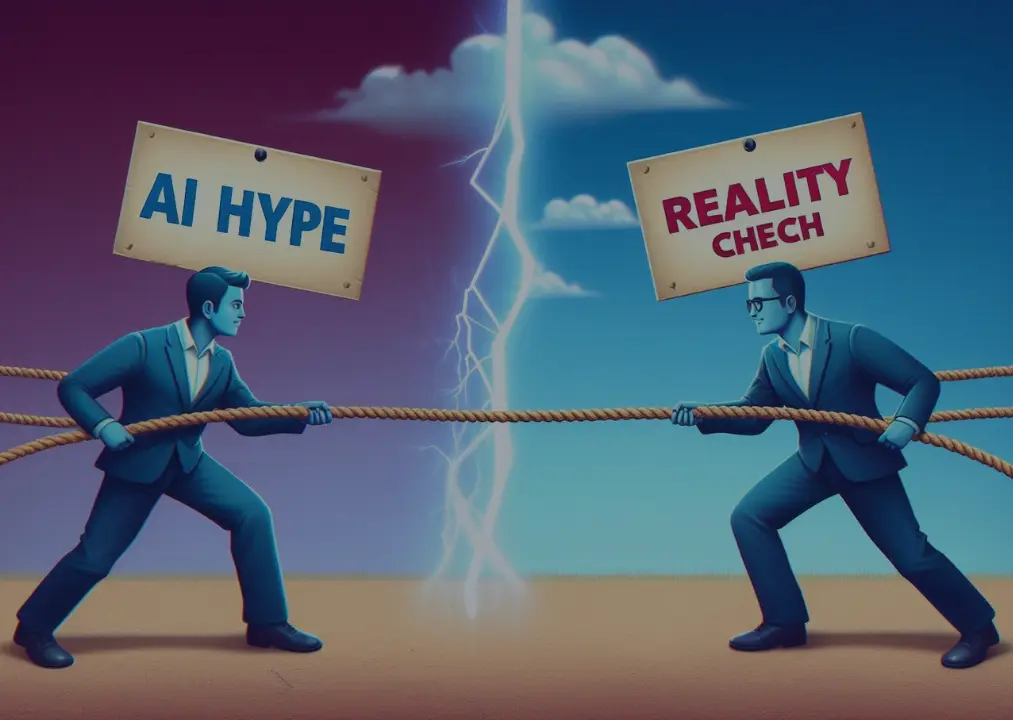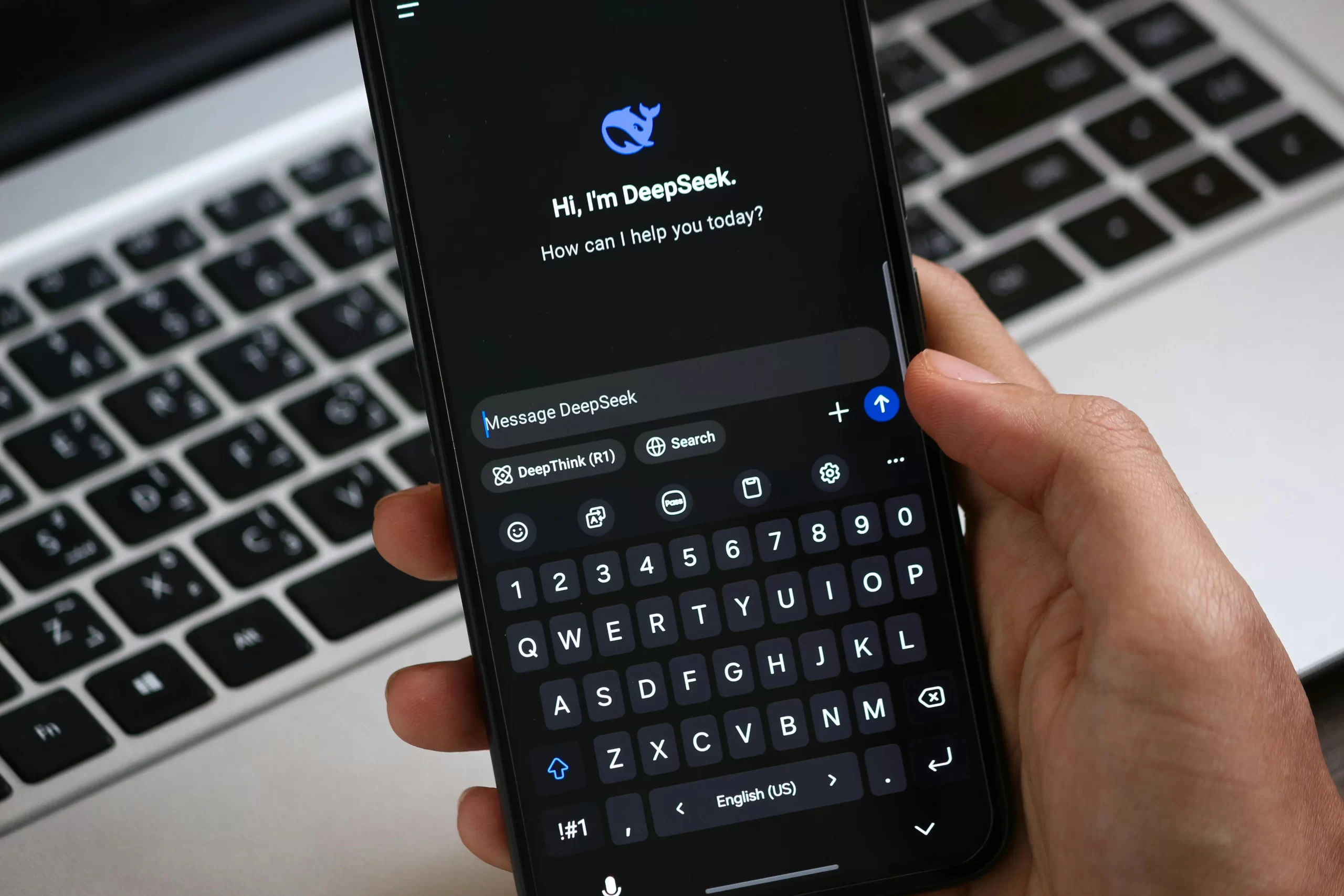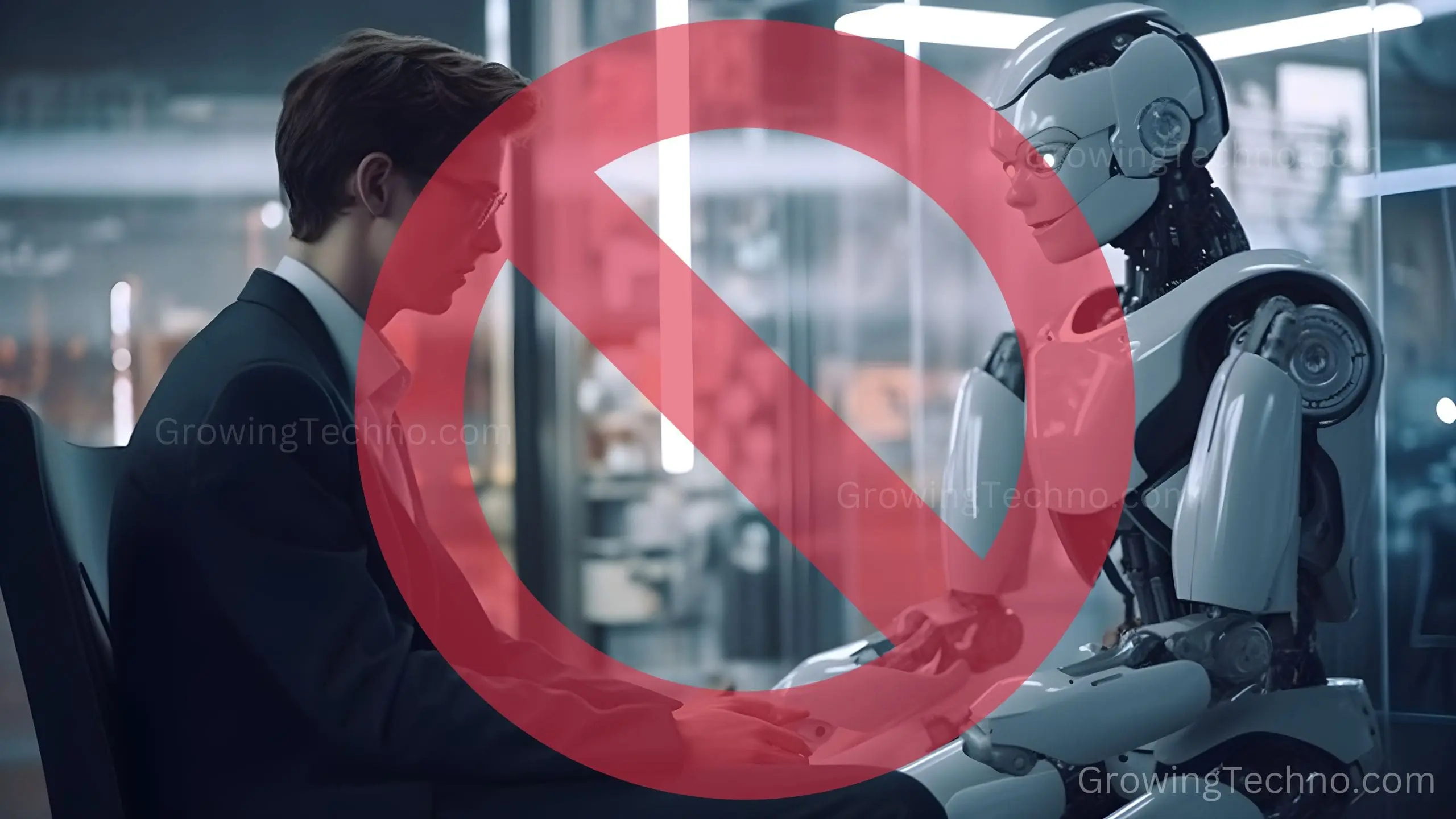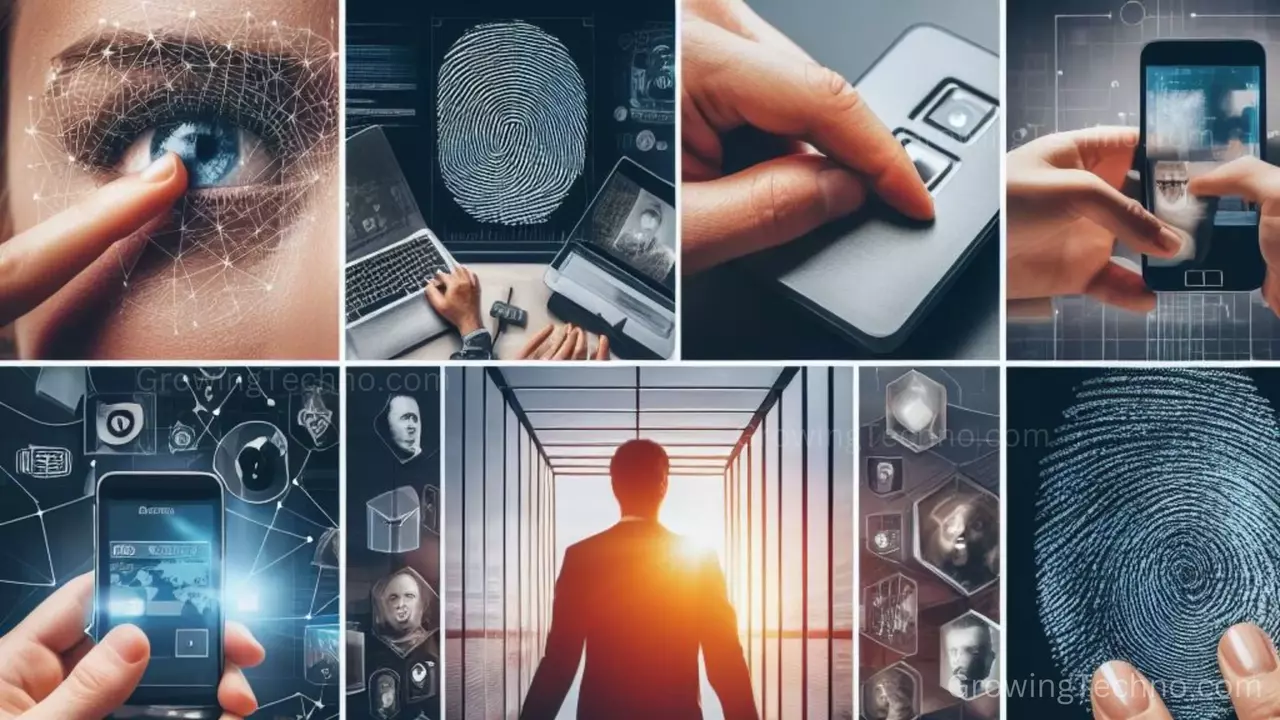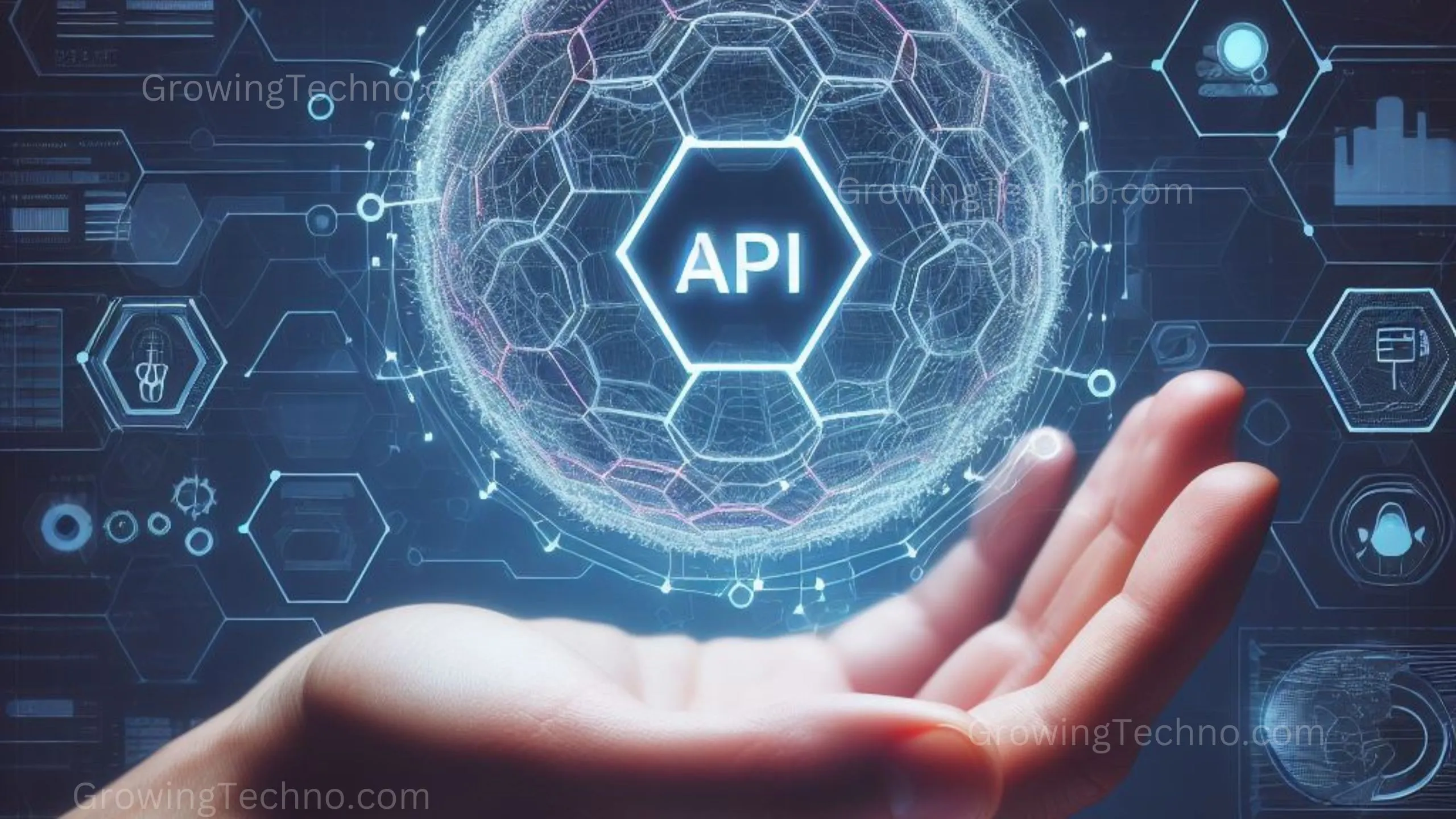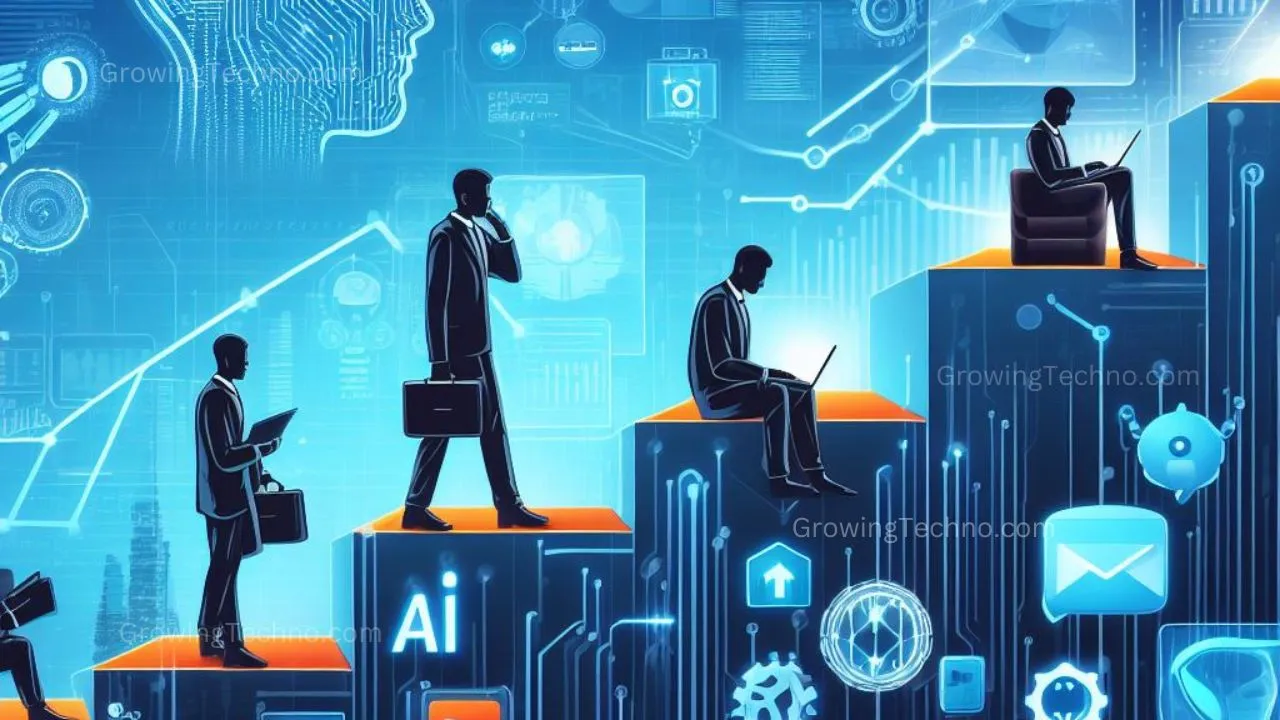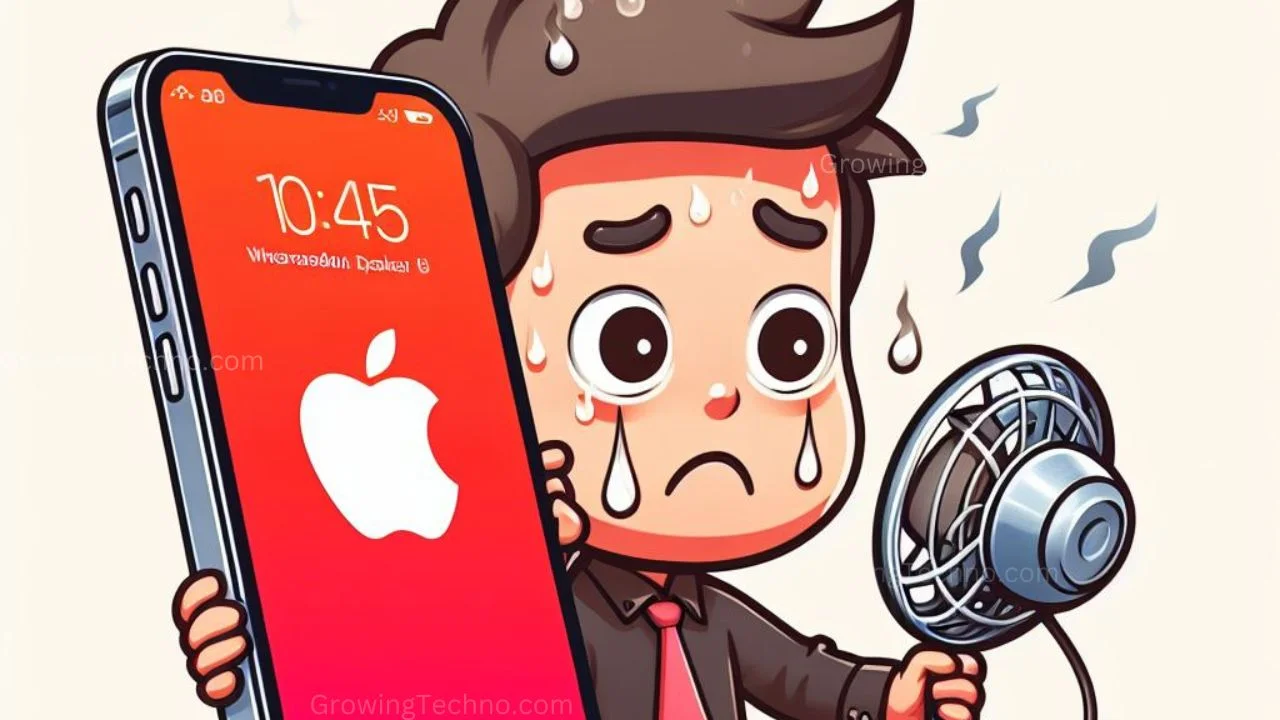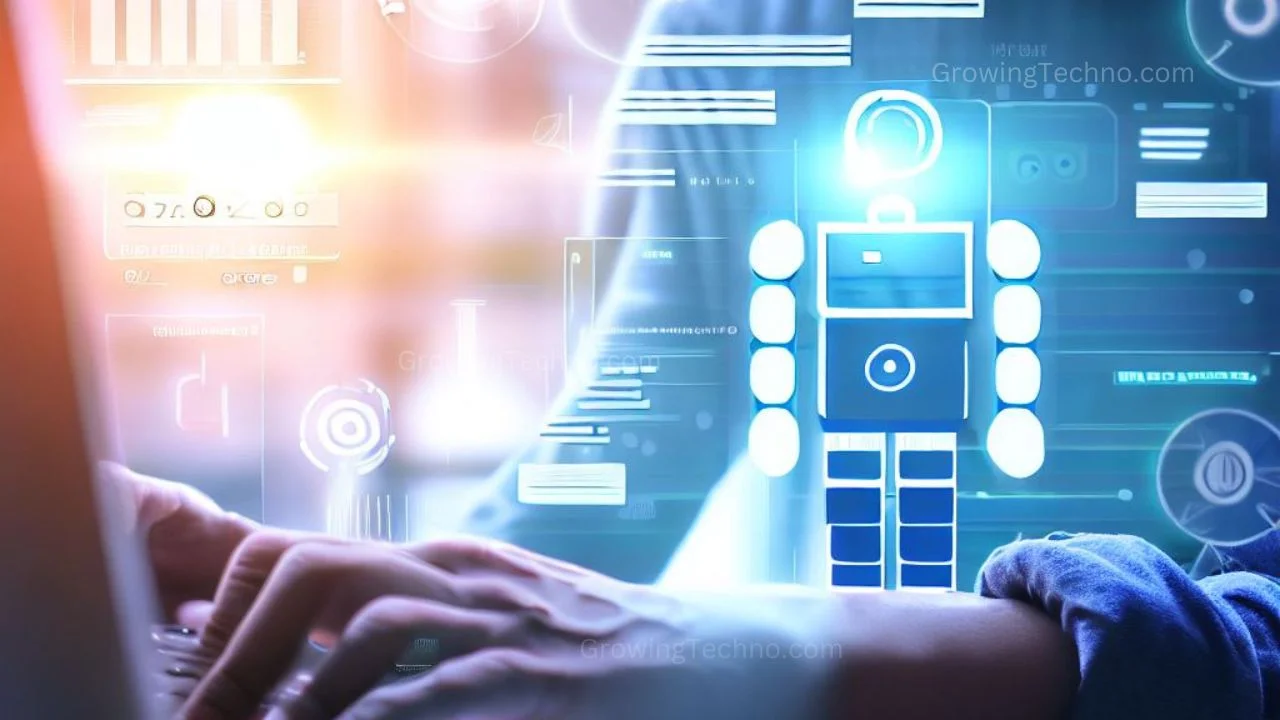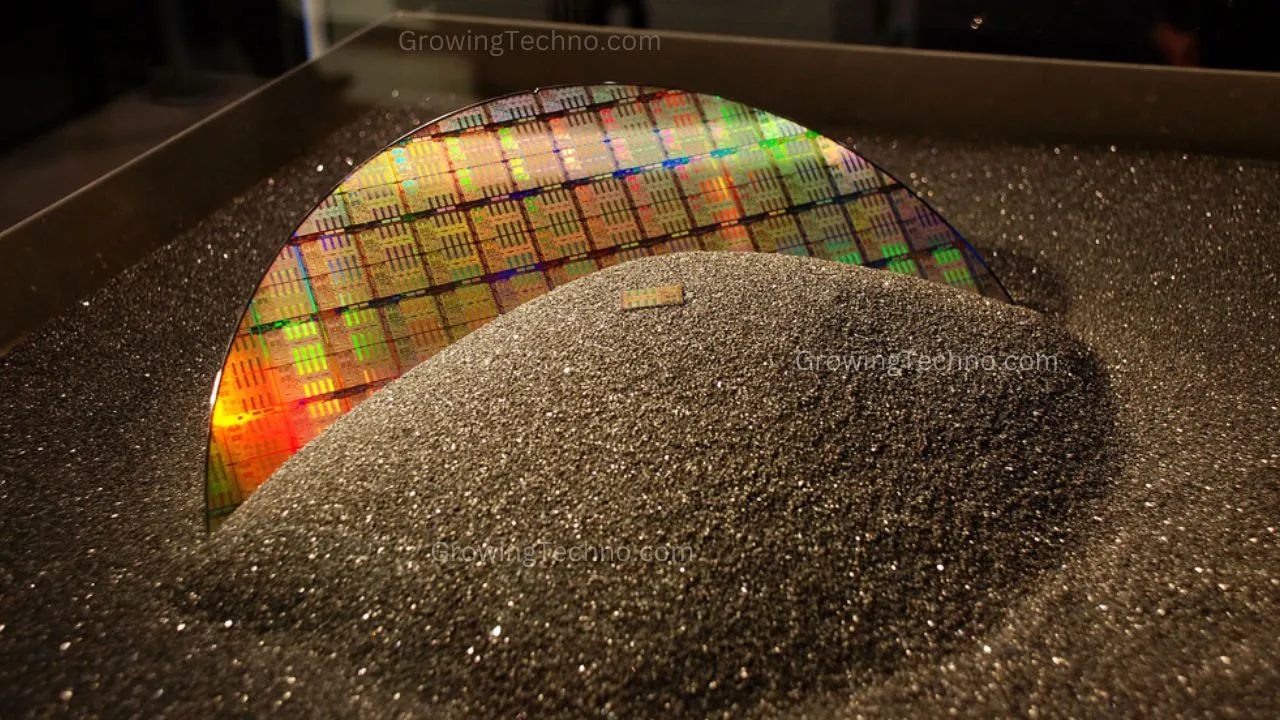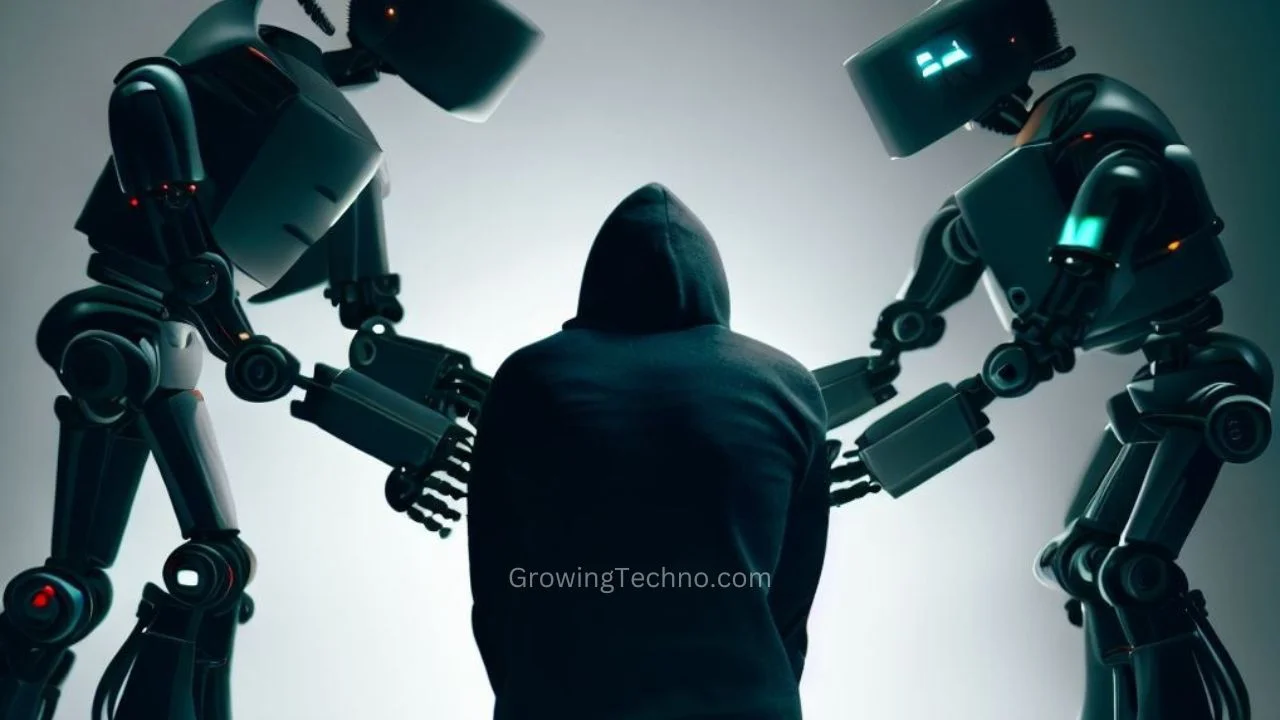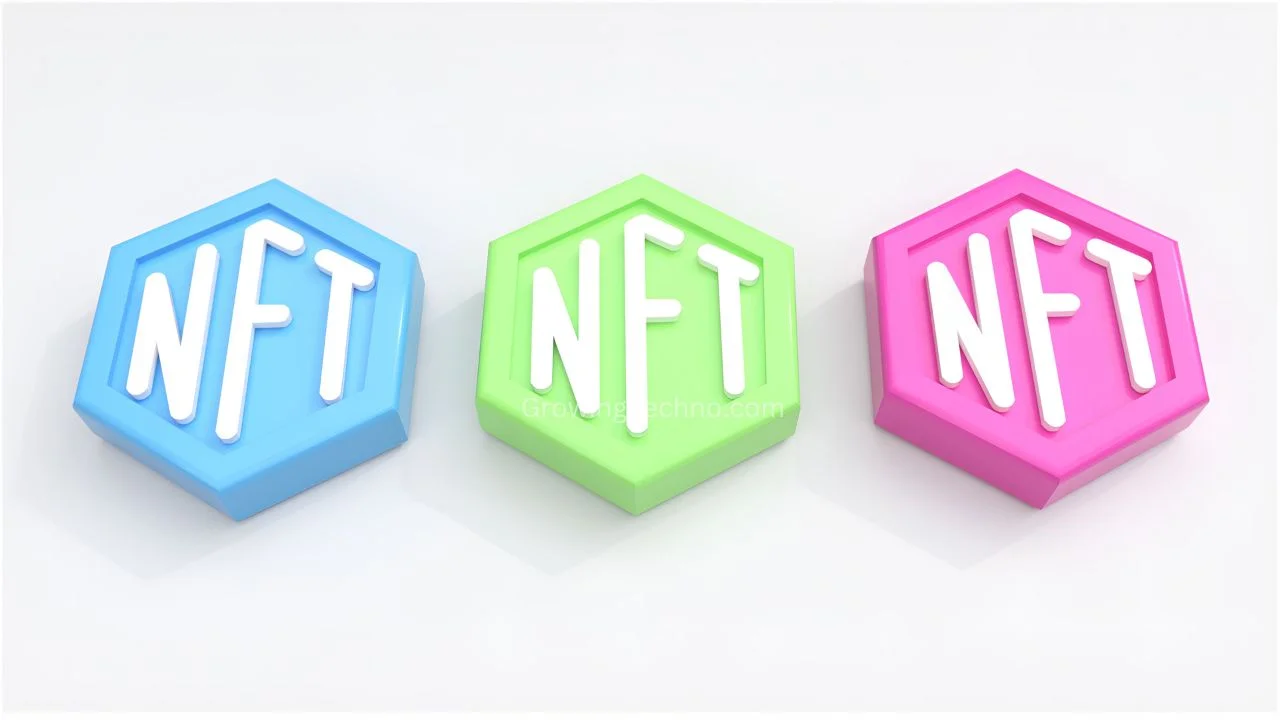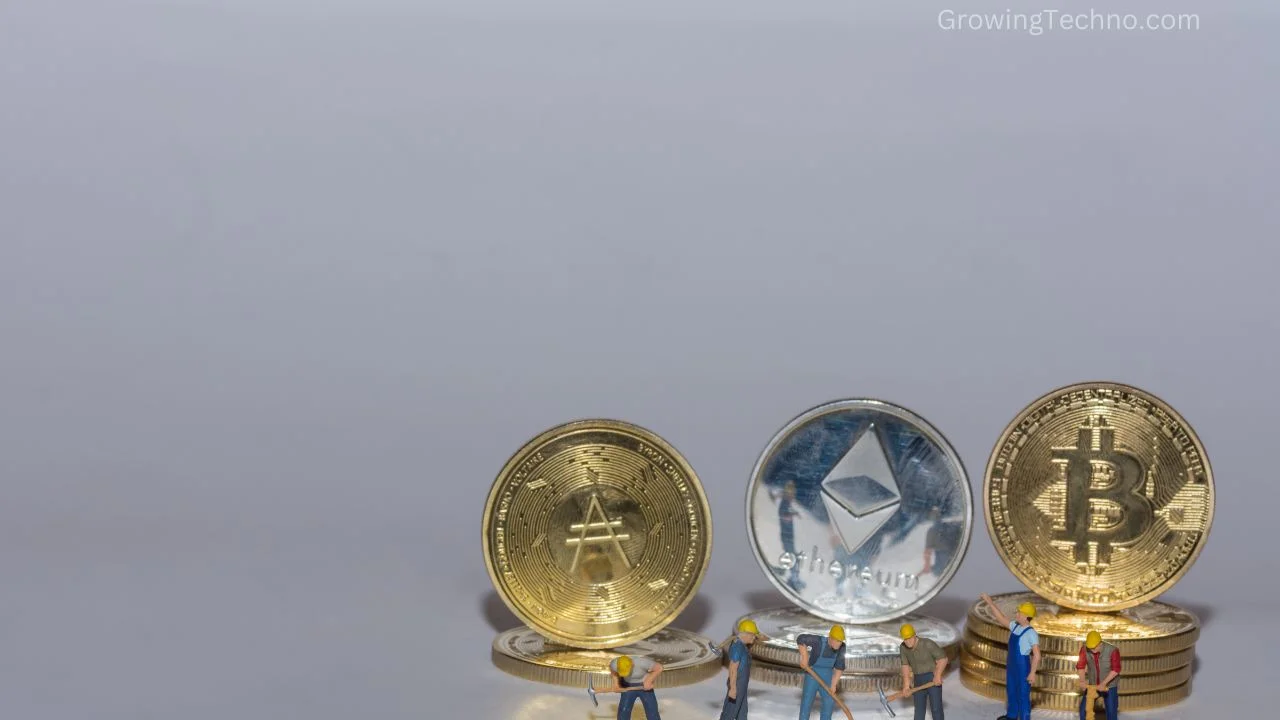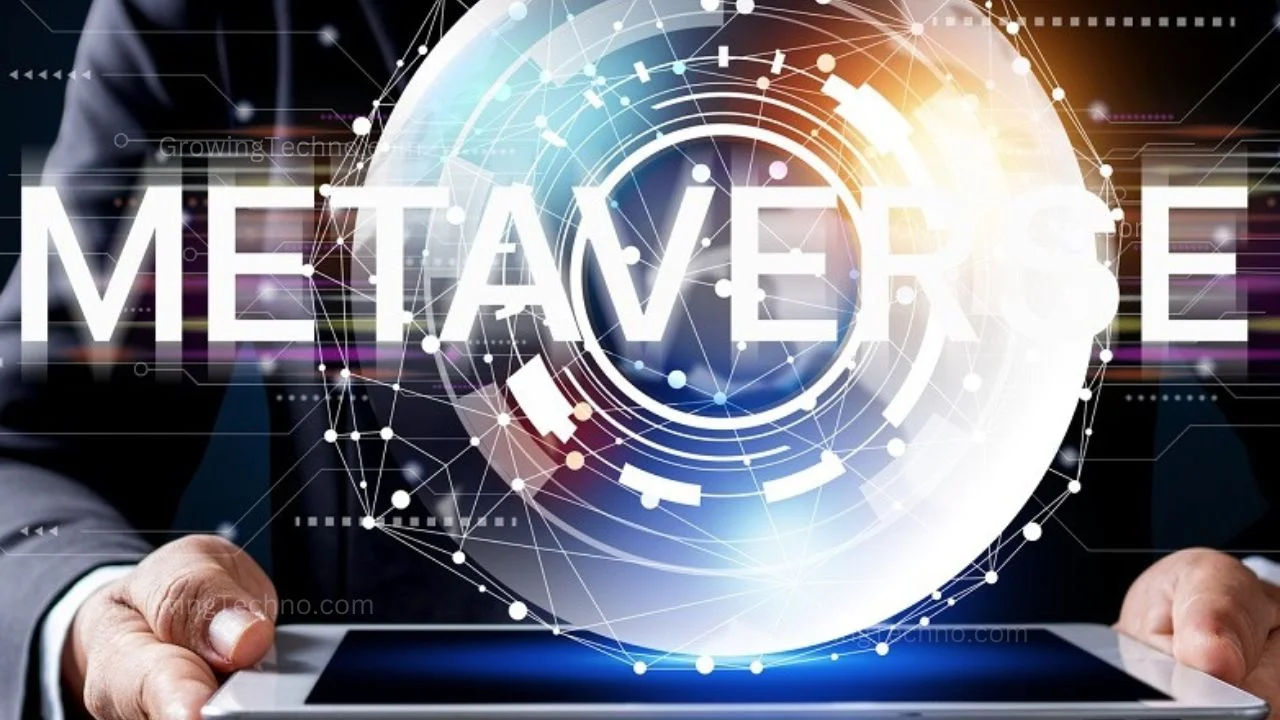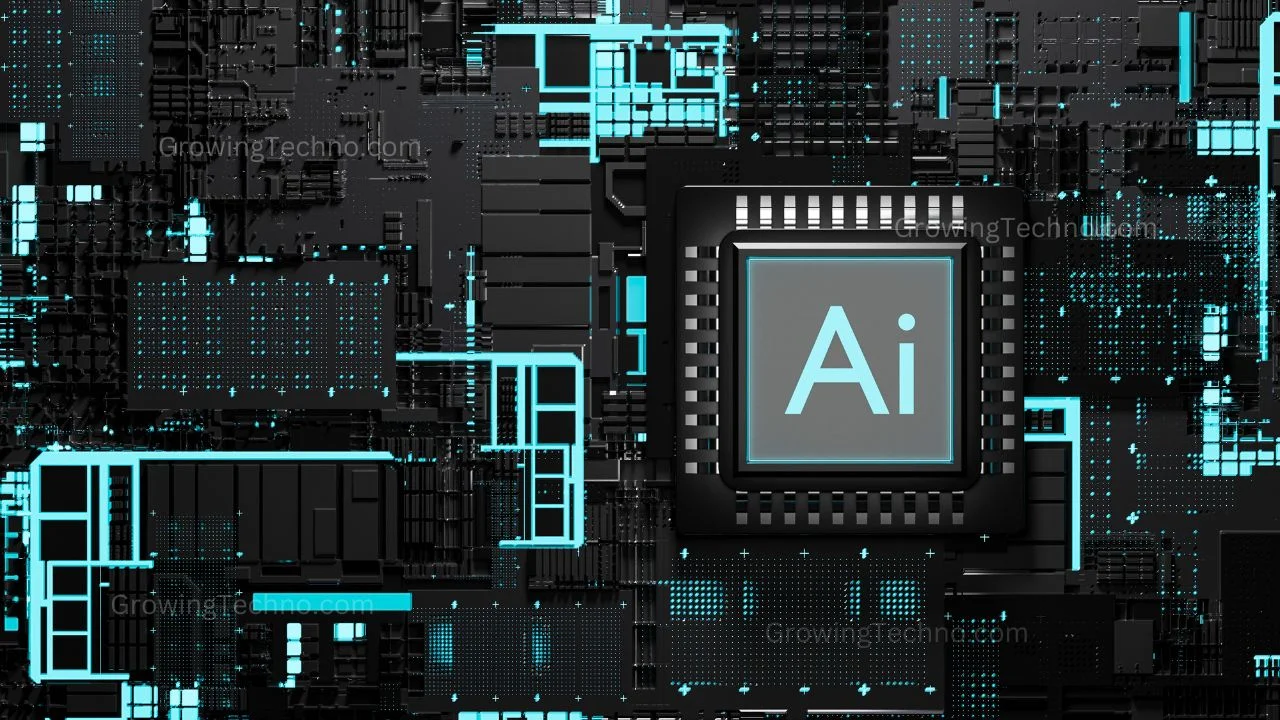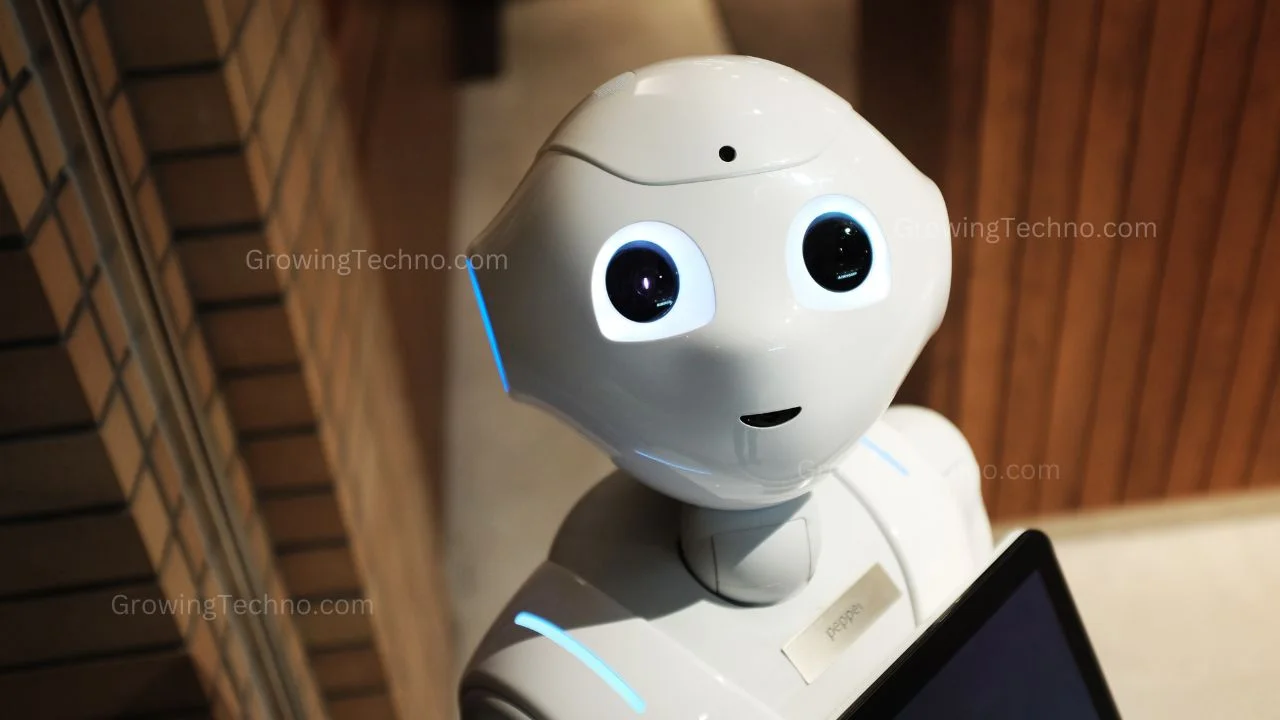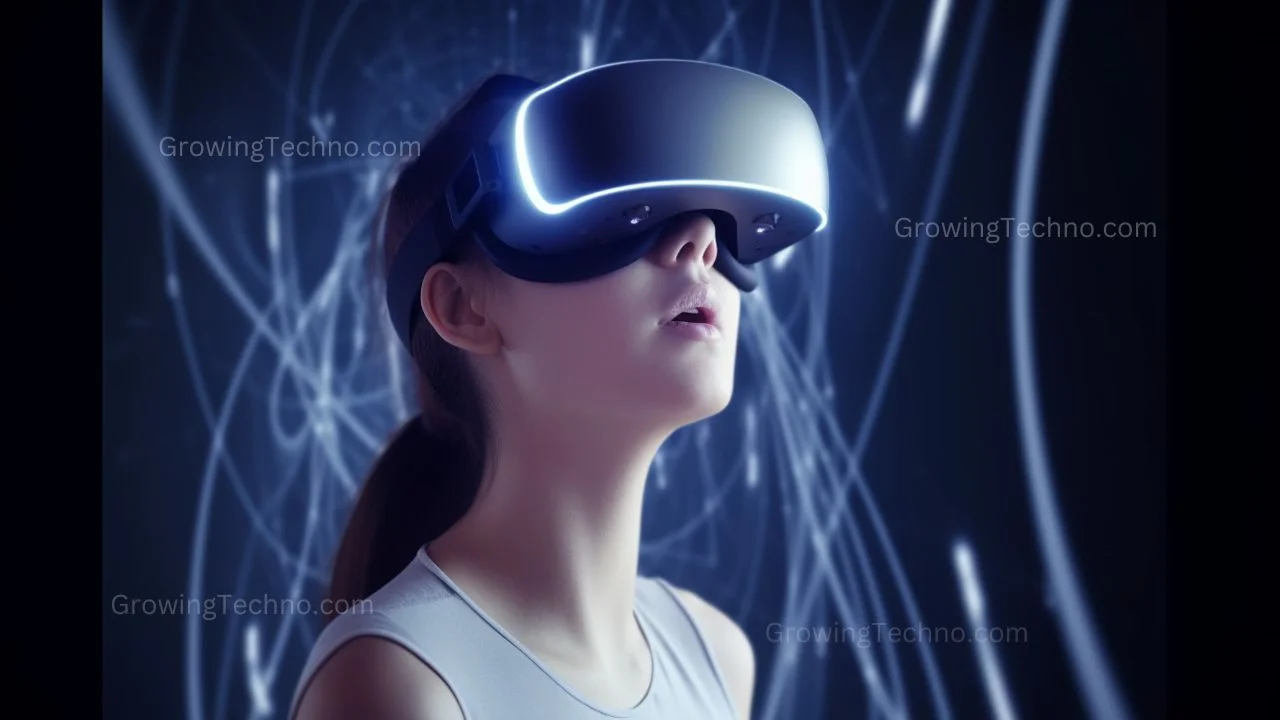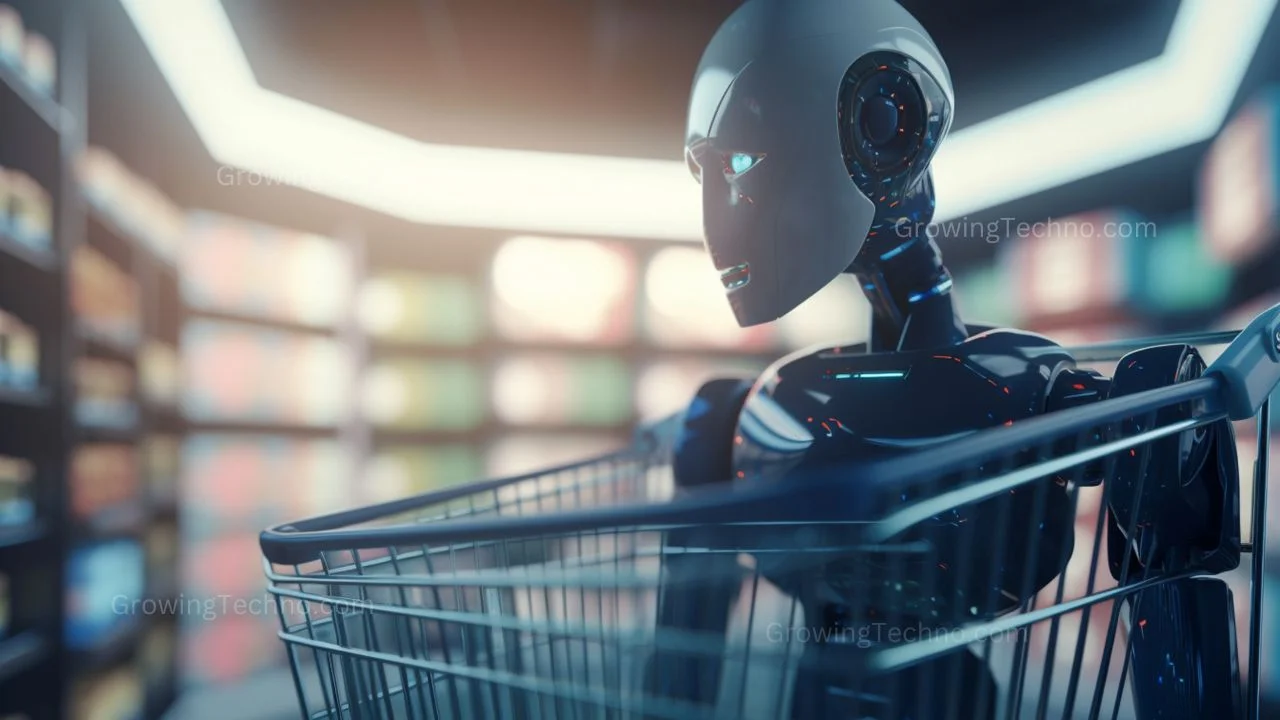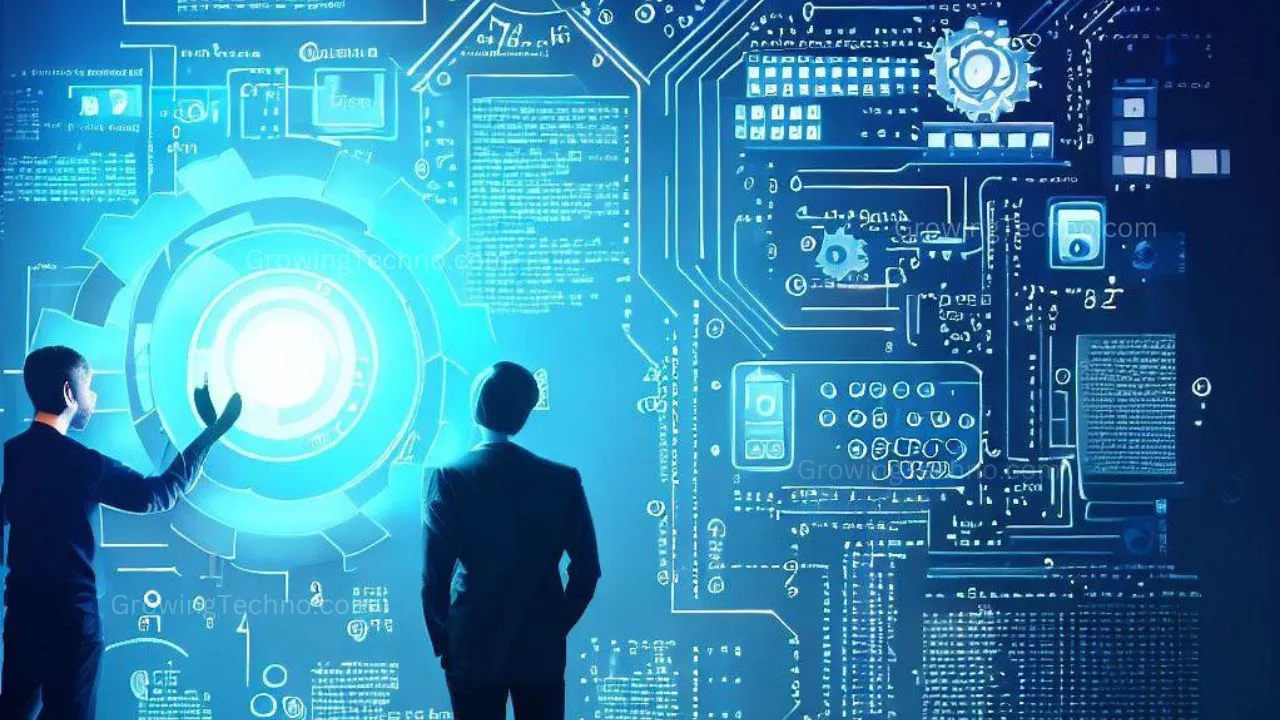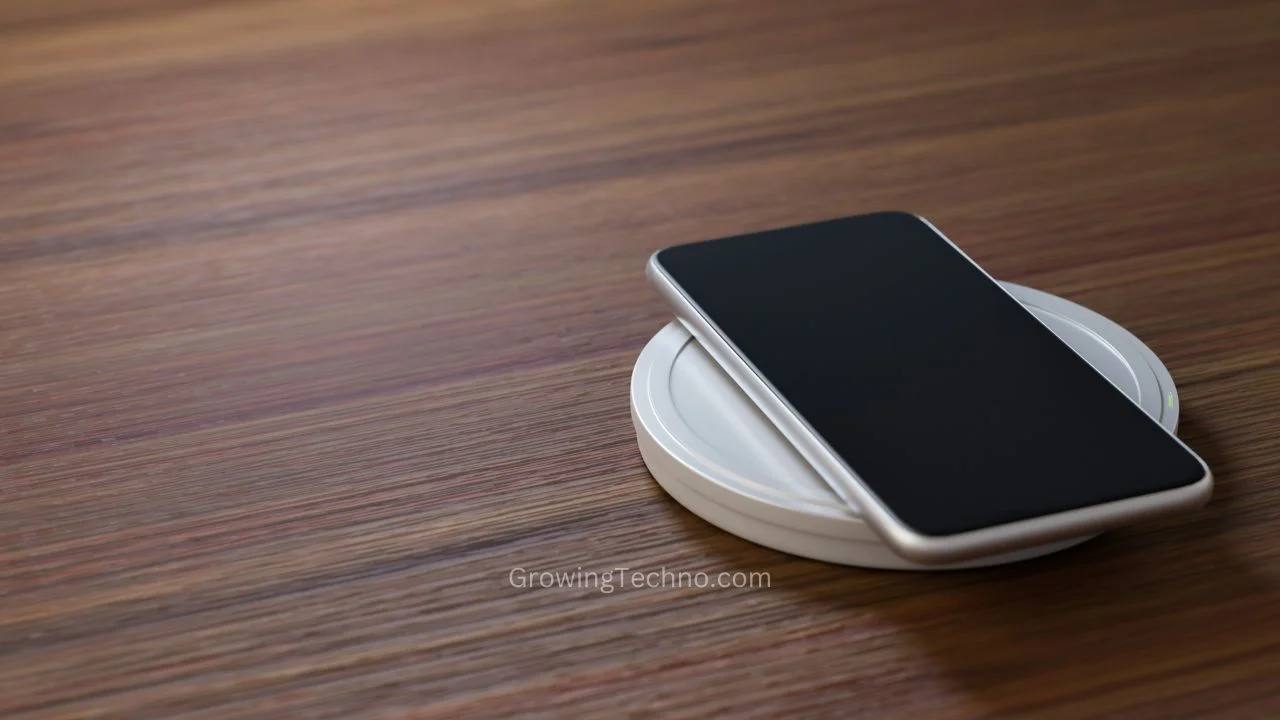
Wireless charging has become increasingly popular among smartphone users, promising convenience and eliminating the need for tangled charging cables. With the recent announcement of the next-generation Qi2 wireless charging standard, it’s time to explore how this technology is revolutionizing the way we charge our devices. In this article, we’ll dive into the world of Qi2, shedding light on how it works, its potential impact, and which devices will support it.
The Next Generation Wireless Charging Standard
It is the evolution of the Qi wireless charging standard, which has been a game-changer for smartphone users. Developed by the Wireless Power Consortium (WPC), Qi2 aims to address some of the limitations of its predecessor and make wireless charging more efficient and user-friendly.
How Does it Differs from the Original Qi Standard
It introduces a significant departure from the original Qi standard by utilizing magnets, specifically a Magnetic Power Profile. This magnetic alignment allows wireless chargers to securely attach to smartphones without the need to find the perfect charging “sweet spot.” The benefits of this innovation are threefold:
- Efficiency: It minimizes energy loss and heat generation, ensuring more efficient energy transfer, faster charging, and less waste.
- Market Expansion: The magnetic Qi2 standard opens up new possibilities for accessories that couldn’t be charged using the previous flat surface-to-flat surface method, expanding the wireless charging market.
- User-Friendly: With magnetic alignment, users no longer need to struggle to align their devices with the charger correctly. It’s a hassle-free experience.
The Availability and Device Support
Qi2-enabled products are already emerging. At the IFA 2023 event, Anker unveiled a selection of wireless chargers, power banks, and wireless magnetic pads that adhere to the Qi2 standard. Branded as MagGo, these devices offer 15W ultra-fast magnetic wireless charging. Anker proudly asserts that these are the inaugural fully compliant products compatible with Qi2 to reach consumers.
Apple has also verified that its iPhone 15 lineup is compatible with Qi2. Nevertheless, it’s important to mention that not all smartphone makers are rushing to adopt the technology. Speculation indicates that the upcoming Google Pixel 8 might not offer Qi2 support, implying that Pixel enthusiasts might need to wait a while before enjoying this technology.
Distinguishing Qi2 from MagSafe
You might be wondering about the similarities between Qi2 and Apple’s proprietary MagSafe technology. In fact, there are several parallels between the two:
- Magnetic Connection: Both use magnets to securely attach chargers to smartphones. This magnetic connection ensures a reliable and efficient charging experience.
- Faster Charging: Initially, both offer 15W fast charging capabilities, outpacing standard Qi charging. This speed is a game-changer for users looking to charge their devices quickly.
- Apple’s Influence: Apple played a significant role in shaping Qi2, building on its MagSafe technology. However, different parties worked on the magnetic power technology itself.
Looking ahead, the Wireless Power Consortium (WPC) suggests that the technology could introduce “significant future increases in wireless charging speeds” as the technology matures. While Apple tends to prioritize other factors over fast charging speeds, this could become a differentiating factor in the future.
What Phones Support Qi2?
Determining which smartphones currently support Qi2 is a bit challenging, as it’s still an emerging standard. Apple’s iPhone 15 series is among the early adopters, confirming Qi2 support. However, for other smartphone brands like Google, the adoption of Qi2 remains uncertain.
The WPC has confirmed that Qi2-compatible smartphones and chargers should be available by the end of 2023. As more manufacturers integrate it into their devices, flagship smartphones from companies like Samsung, Oppo, and Google may soon boast its compatibility.
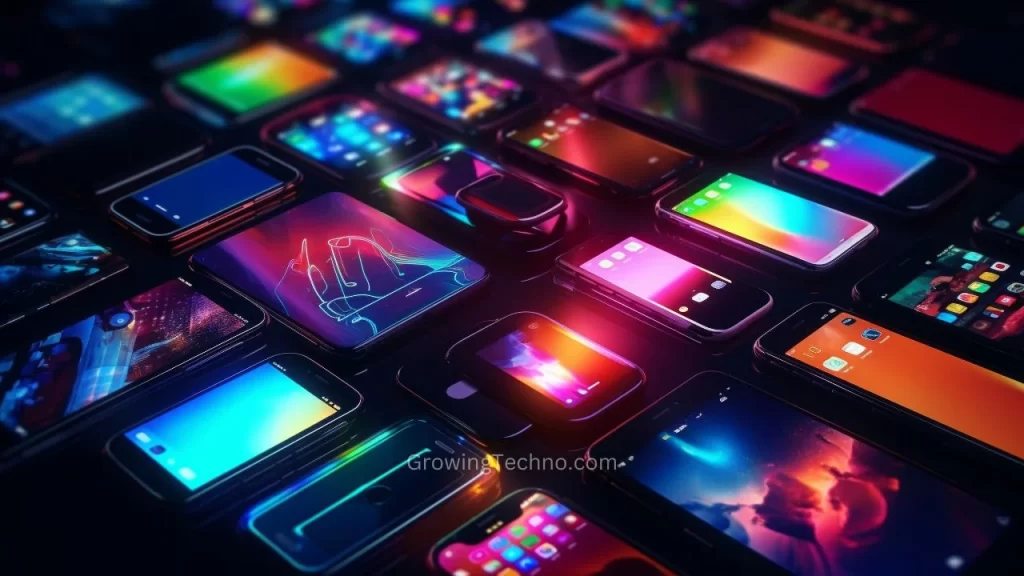
A Sustainable Charging Solution
It doesn’t just offer speed and convenience; it’s also a sustainable solution. Charging cables are prone to wear and tear, contributing to electronic waste. In contrast, wireless chargers have a longer lifespan and generate less waste. By reducing the need for disposable charging cables, Qi2 aligns with sustainability goals.
Conclusion:
Qi2 represents a significant leap in the evolution of wireless charging. With its magnetic alignment, faster charging speeds, and potential for widespread compatibility, it’s poised to redefine how we power our devices. As more smartphone manufacturers adopt Qi2, users can look forward to a future without the hassles of cords and cables, experiencing a more efficient and sustainable way to charge their devices.
Found this helpful? Share the wisdom!


